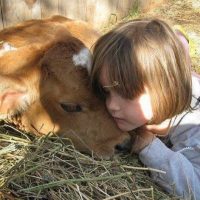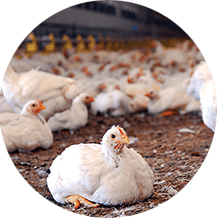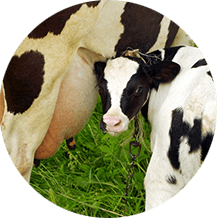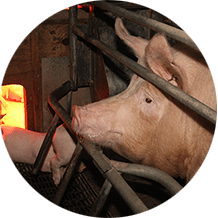New Zealand is one of just eight countries in the world where it is still legal to race greyhounds.
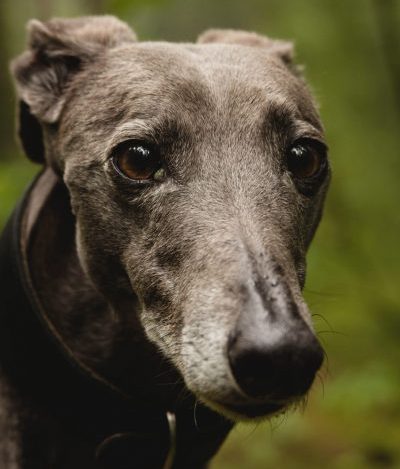
Dog racing
Greyhound racing is a profit-driven industry. This means the welfare of the dogs forced to race is not a high priority. Considering how fast a greyhound can run (up to 72 kilometres per hour) and how tight the corners of the track are, it’s no wonder that injuries happen. Greyhounds can bump, trip over or run into each other. Injured dogs may not be able to race again or may need to be put down.
Every year, many greyhounds are put down because they are too slow, not winners anymore, not suitable for breeding or won’t chase the lure. Dogs used in this industry may only get to live out a fraction of their natural life.
Did you know?
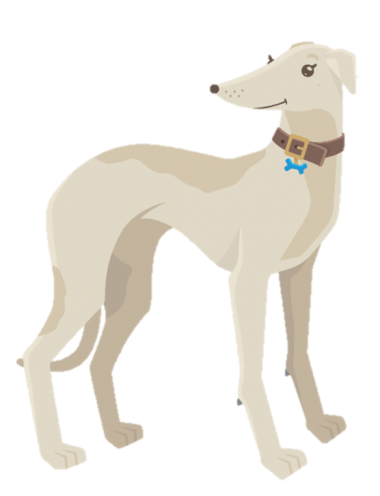
Quick facts
- Greyhound racing is legal in only eight countries: New Zealand, UK, Ireland, Australia, USA, Vietnam, China and Mexico.
- In the 2019 season, 54 greyhounds were put to sleep after tumbles on the racecourse in New Zealand.
- In New Zealand, 297 dogs were put to sleep because they couldn’t race and were not rehomed in 2019.
- At one stage, there were 1,271 dogs unaccounted for in the New Zealand racing industry. Of these, 11% are still unaccounted for.
Horse Racing
Horses love to run, but not at such high speeds, with a weight on their back and a whip on their backsides. Their legs are delicate and easily injured. Common racing injuries are leg fractures and breaks. A leg injury will usually result in a horse having to be put down.
In jumps racing horses run around a track, jumping obstacles along the way. This is difficult for them, and injuries in jumps racing are painful and severe. Horse deaths from bad landings and crashes are common. In fact, jumps racing has the highest rate of injuries and death in any equestrian event.
Like greyhounds, many horses are killed when they are no longer winning races or have received an injury that stops them from racing.
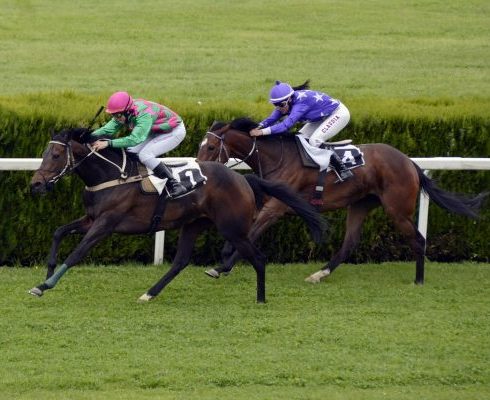
Did you know?
Racehorses are heavy and weigh around 500kg!
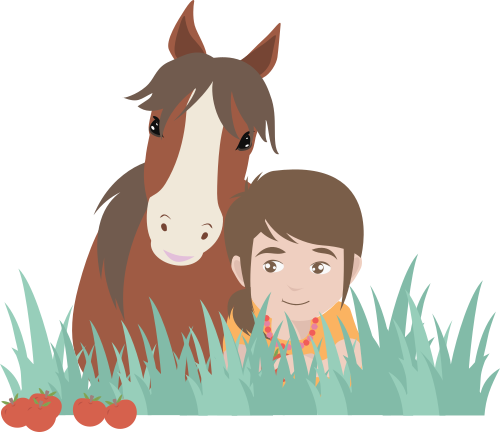
Quick facts
- There were 19 deaths of horses during races recorded in 2019.
- An estimated 3,000 horses are unaccounted for each year in New Zealand.
- Jumps racing is 10 to 20 times more dangerous to horses than racing on the flat.
“I like to envision the whole world as a jigsaw puzzle… If you look at the whole picture, it is overwhelming and terrifying, but if you work on your little part of the jigsaw and know that people all over the world are working on their little bits, that’s what will give you hope.”
Jane Goodall – primatologist and anthropologist

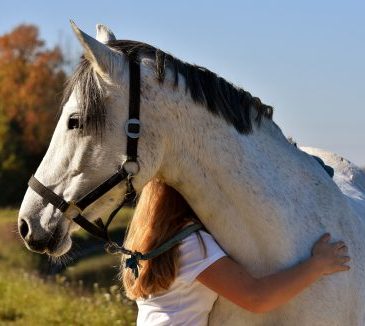
How you can help
Say ‘no’ to animal racing – Help animals by avoiding horse and greyhound races and encouraging others to avoid them too.
Race for animals – Spread awareness by participating in a race. You may even wish to raise money for a charity that helps greyhounds.
Write a letter – Letter writing from young people is an extremely powerful way to inspire change. Whether it’s a letter to the editor or a letter to the Prime Minister, you can make your voice heard for animals in the racing industry.
Chalk it up – Chalking a kind message on a footpath or pavement (otherwise known as chalktivism) spreads your message about animals in need to anyone who passes by.

